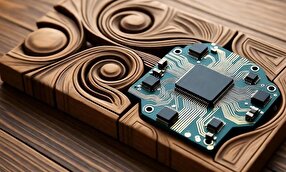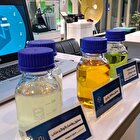Iran-Made Multifunctional Ventilator Capable of Monitoring Vital Signs

“The advantage of a multifunctional ventilator is that it has both suction and cough assistance capabilities, while the foreign models only have the advantage of cough assistance, meaning that apart from that, they must also have a suction device to be able to remove the patient's secretions,” Mahsa Gohar Ara, a master of science in Medical Engineering at the Islamic Azad University’s Khomeini Shahr branch, told ANA.
“Of course, this capability can also be added to the ventilator, as foreign devices must cut off oxygen from the patient when they want to work in an invasive manner (tracheostomy) or intubation. A patient who is connected to a ventilator may have a problem using this device, so our device enjoys the capability to provide oxygen without having to cut off oxygen from the patient,” she added.
Gohar Ara explained that a cough assist device has a positive pressure, like an inspiratory simulator, which is put into the patient's lungs and reduces this pressure to zero for a very short period of time, and then a rapid negative pressure is applied, and this negative pressure is quickly exhaled, causing secretions to be directed towards the patient's airway, and then evacuated using suction.
In a relevant development last July, Iranian researchers at another knowledge-based company had also succeeded in manufacturing a new type of ventilators with the ability to work without electricity up to 3 hours which can be used for children and adults.
“The device combines oxygen and air to the amount needed for the body and then transfers it to the patient through special tubes called the respiratory circuit,” Soheil Ma’roufkhani, a commercial member of the knowledge-based company, told ANA.
He described the unique features of the device as its usability for infants and adults, ability to transfer information to the central computer and prepare reports, leak compensation, drug nebulizer and the ability to add a capnograph which can provide the user with more extensive information about the patient's exhalation, adding, “It can also work without electricity up to three hours.”
“With the new design we had on the product, we were able to export it to Belgium, Afghanistan, Pakistan, Iraq, and Syria,” Ma’roufkhani said.
4155/v





















